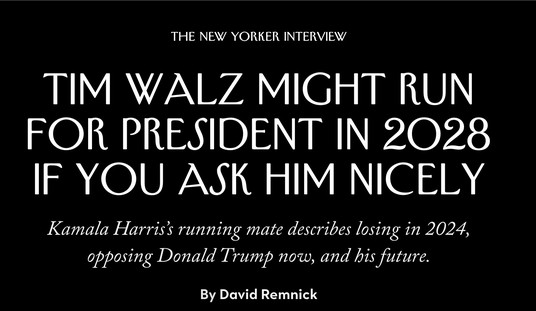Roughly as many people are buying unsubsidized Obamacare plans as are buying subsidized ones. That fact could play a role in whether or not the program is likely to enter a so-called “death spiral.”
Yesterday I wrote about efforts by the Obama administration to cut back on the number of people gaming the system by waiting until they get sick to buy insurance coverage. I also noted a report by Vox’s Sarah Kliff that indicated the risk scores of enrollees went up between 2014 and 2015. That suggested to her the possibility that we were already beginning to see a leading indicator of the dreaded “death spiral” health reporters talk about. Here’s how she put it:
If risk scores did continue to rise year after year, that would be worrisome: it would indicate that healthy people are leaving the market, and that premiums would rise to cover the costs of the sicker enrollees. This could ultimately lead to a “death spiral,” where the market collapses as premiums keep rising and rising.
It’s also worth noting that Obamacare has important policy features that will do a lot to guard against a death spiral. Most notably, the vast majority of Obamacare enrollees receive subsidies that limit their premium to a certain percent of their income. So healthy Obamacare enrollees won’t necessarily see their premiums rising quickly, as their subsidy will essentially cover those changes.
However, insurance industry expert Bob Laszewski pointed out yesterday that the Kliff’s assumption about how many people are insulated from those premium increases is wrong. He writes:
First, the administration keeps telling the press that 85% of exchange participants get a subsidy. That is technically correct but awfully misleading. I have been arguing for years that about half of the Obamacare individual market does not get a subsidy when you include all of those customers that purchase their individual health insurance policies off the exchange.
Laszewski points to a report by Steve Davis who called up a bunch of Blue Cross Blue Shield plans and asked them what percentage of their enrollees were buying insurance on the exchange (85% of whom get subsidies) versus those buying off the exchange (and therefore definitely not getting a subsidy). Laszewski reports Davis’ findings show “about 2.3 million with subsidies and 2.4 million without subsidies.”
Later, Laszewski got some support from Charles Gaba at ACAsignups who looked at the numbers and reached a similar conclusion:
The overall picture is quite clear: Roughly 48% (2.3 million) of all individual policies sold by these carriers are subsidized, while another 48% are ACA-compliant but unsubsidized (8% on exchange, 40% off exchange). The remaining 4% or so are grandfathered/transitional enrollees.
So what does all of this mean?
Contrary to what Sarah Kliff wrote yesterday, “the vast majority of Obamacare enrollees” are not going to be spared the pain of double-digit price hikes. In fact, only about half are protected by subsidies from seeing those increases. The other half, those who don’t get subsidies, represent a large pool of people who could decide to drop coverage if their premiums spike dramatically.
In short, the fact that only half the current ACA market is receiving subsidies means an Obamacare death spiral driven by rising premiums is a more realistic possibility than it would be if the “vast majority” were insulated from those increases.








Join the conversation as a VIP Member